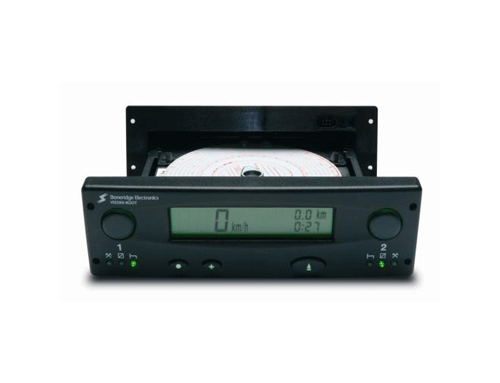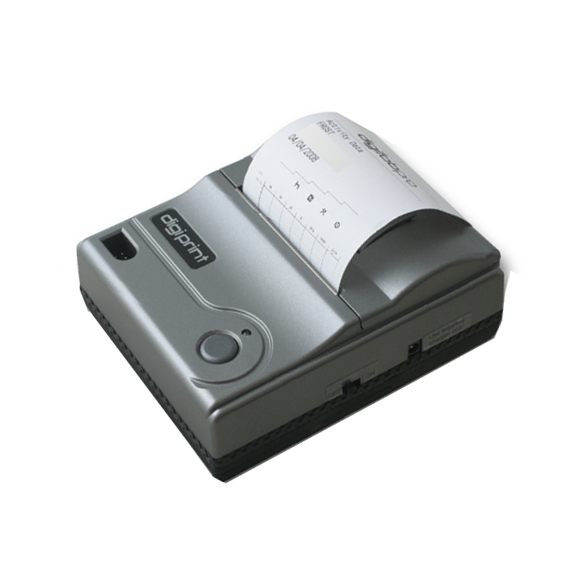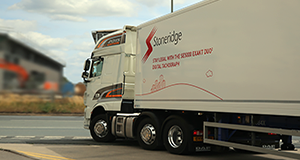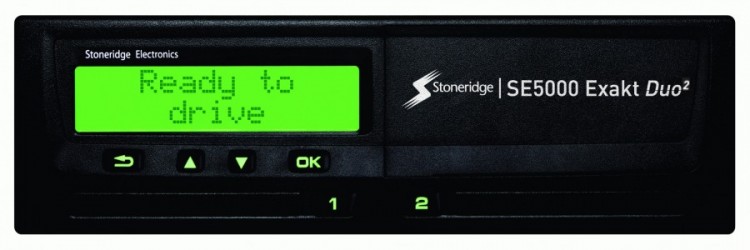An Introduction to Tachographs
What we’ll talk about (click to skip):
- Digital tachographs are at the heart of the truck and HGV safety
- So, what is a digital tachograph?
- How does an analogue tachograph work?
- How does a digital tachograph work?
- How long do you need to keep your digital tachograph records?
- Useful Resources
Digital tachographs are at the heart of truck and HGV road safety.
As an essential tool for drivers and fleet managers, it’s important that you have complete knowledge on the tachograph you use. Our guides to digital tachographs will ensure that you are completely in-the-know and up-to-date with all the principles, laws, regulations and restrictions in place.
Did you know that a considerable volume of vehicle accidents are sleep related? This is especially true of accidents occurring on motorways; with alertness and vigilance being compromised when the driver tires over time. In fact, reports suggest that driver fatigue can account for up to 20% of all road accidents, more info here from the Department for Transport THINK! campaign. What’s more, crashes caused by driver fatigue are 50% more likely to result in death or serious injury, due to them normally involving high speed impact.
Regulations on drivers’ hours have been put in place first and foremost to ensure that roads are safe for all drivers. Secondly, they are there to ensure that work is being carried out correctly by all employees, for both the protection of their rights and of the company.
So, what is a digital tachograph?
Tachographs are fitted in both passenger and goods’ vehicles that fit within the tachograph ruling. As of 2006, it became a legal requirement to have a digital tachograph installed on your new vehicle (within the categories of passenger, commercial and goods).
The more advanced version of its well-known predecessor, the analogue tachograph, the digital tachograph records information on a range of vehicle and driver activities, including:
- Driver activity: This includes what the driver is doing (e.g. driving, working or having a break).
- Distance travelled by the driver
- Date: logged across all activity to ensure the correct hours are assigned to the correct dates.
- Date and time of each individual activity, including changes made by fleet managers and/or drivers.
- Tachograph calibrations: This needs to be inspected by an Approved Tachograph Centre every two years to ensure correct readings are recorded.
- Events that take place, like Card Inserted whilst driving, as well as any faults that happen during the journey.
- Vehicle speed: This is recorded for every second of movement.
- Enforcement checks made by either management or the emergency services like DVSA.
- Any tampering with the system: With digital tachographs, this is nearly impossible to do and, in the vast majority of cases, any tampering activity will be captured.
- The number of times a driver card is inserted each day: This may include moving from one vehicle to another, or could be an indication of tampering.
- Whether there was a single or two co-drivers: In this instance, there may be co-drivers as a result of the laws that were introduced in 2007, regulated by the EU. The non-stop driving time may not exceed 4.5 hours for a single driver, after which time, the driver must take a break. However, if you are sharing the driving with another individual, this enables a crew’s duties to be spread over a longer period of time.
- Vehicle registration number.
The daily driving allowance for any single driver is a maximum of nine hours, with a minimum of a 45 minute break per 4 and a half hours of driving. This daily driving limit can be increased to 10 hours, only twice per week with the appropriate breaks also taken. There is a weekly driving limit of 56 hours, which applies to a fixed week and must include at least one weekly rest; a fixed week starts at 00:00 Monday and ends at 24:00 the following Sunday.
These rules have been put in place by the EU and must be upheld when driving through any European Union country, with any checks to be made prior to entering the country to allow for extra restrictions. More information on Driver Hours can be found on the GOV UK website.
How does an analogue tachograph work?

Originally introduced in the railway industry many years ago, tachographs are devices fitted to large or heavy vehicles to record speed, duty and distance travelled.
An analogue tachograph system comprises of a sender unit, tachograph head and a recording medium. In the case of an analogue tachograph, the recording medium is a wax coated paper disc, which is pre-printed with a 24 hour scale.
Analogue tachograph recordings are made by a stylus cutting into a wax-coated analogue chart. Up to three styluses mark the speed, distance travelled, and the driver’s activity. The centre field of the disc is used by the driver to store handwritten information, like the name of the driver, the dates that the disc is recording over, vehicle registration and the start and end odometer readings.
Distance travelled is marked in the closest section to the centerfield, this area is called the distance trace. The stylus will move up and down whilst travelling, producing a zigzag pattern known as a V trace. Each complete V represents 10km travelled, the total distance can then be calculated via counting these zig zags. This is then cross-verified by the stated odometer readings.
Driver activity is marked in the mode trace area. It is always displayed as either drive, other work, availability or rest. The activity from the driver is displayed on the chart as a sequence of block traces of differing thickness, with the rest mode being the thinnest line and drive being the thickest.
The last trace is to record the speed of the vehicle. The stylus produces a mark that corresponds with the speed that the vehicle is going at at any given time. This is then recorded on a pre-printed speed scale on the disc.
How does a digital tachograph work
Digital tachographs work by digitally recording all data on the driver and vehicle in both its internal memory and also separately on the driver’s smart card. Information must be downloaded every 90 days from the digital tachograph; and every 28 days from the driver card. The tachograph data then needs to be analysed. The analysis covers areas like hours’ law compliance and Working Time Directive compliance. We produced the OPTAC3 analysis software which automatically checks tachograph data against legislation, and displays summaries and infringements.
Digital tachographs are made up of three different parts that all play important roles in the recording of the driver’s activity; the vehicle unit (VU), the speed sensor and the smart card.
The VU comprises of a real-time clock, a display, a printer, a processor, two card slots (for multi-manning drives), a download connector and a method of entering manual information. The VU is located in the cab of the driver’s area for easy access and safe use.
The speed sensor is located on the gearbox. This records the speed of the vehicle, as well as the total distance travelled by the vehicle, which is then sent to the VU to be recorded for the overall analysis. All information recorded from both the VU and the speed sensor is encrypted, meaning that it is highly unlikely for the information to become compromised and any attempt to interfere with the information is recorded by the VU itself.
There are several types of cards that the cardholder can use to identify themselves; a driver card, a control card, a workshop card and the company card. Each card enables the holder to identify themselves allowing data to transfer for reports.
It is illegal to drive a passenger or goods’ vehicle without the use of a driver card. If this has not been inserted in advance of starting a journey, it is be recorded for analysis and the driver can be fined or worse.
How long do you need to keep your digital tachograph records?
 A digital tachograph needs to be calibrated every two years. This is to ensure your records are being collected accurately. The driver needs to make sure that that they use their driver card when required. Your fleet manager can download data from your card when requested and this should be done every 28 days by law. Many companies do it more often. The VU will typically store data for the previous 365 days before the oldest data is overwritten, by which time all records should have been downloaded, analysed and saved to keep you legal.
A digital tachograph needs to be calibrated every two years. This is to ensure your records are being collected accurately. The driver needs to make sure that that they use their driver card when required. Your fleet manager can download data from your card when requested and this should be done every 28 days by law. Many companies do it more often. The VU will typically store data for the previous 365 days before the oldest data is overwritten, by which time all records should have been downloaded, analysed and saved to keep you legal.
For more information about tachograph analysis for both digital and analogue tachographs, take a look at OPTAC3. We only charge for the number of drivers you have (only £1 per driver, per week), and you can download as often as you like for no extra cost.
This is the first in our ongoing series of monthly blogs, answering questions from our customers on how digital tachographs and the analysis software works, with each focusing on a particular subject.
Next month, we will be looking in depth at the symbols (pictograms) you come across on the digital tachograph screens, and what they mean.
Useful Resources
- Department for Transport – THINK! campaign: http://think.direct.gov.uk/fatigue.html
- GOV UK – Drivers Hours: https://www.gov.uk/drivers-hours/overview
- GOV UK – Tachographs: rules for drivers and operators: https://www.gov.uk/tachographs/overview


